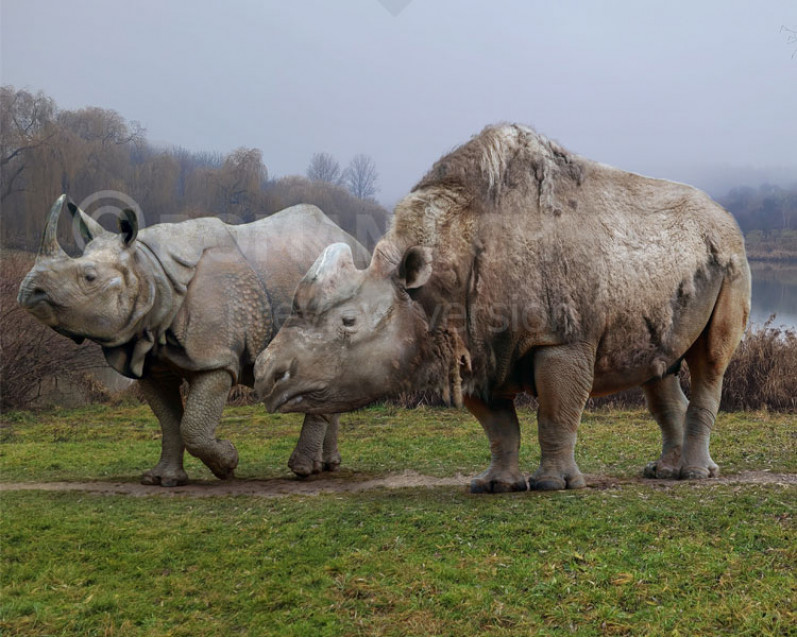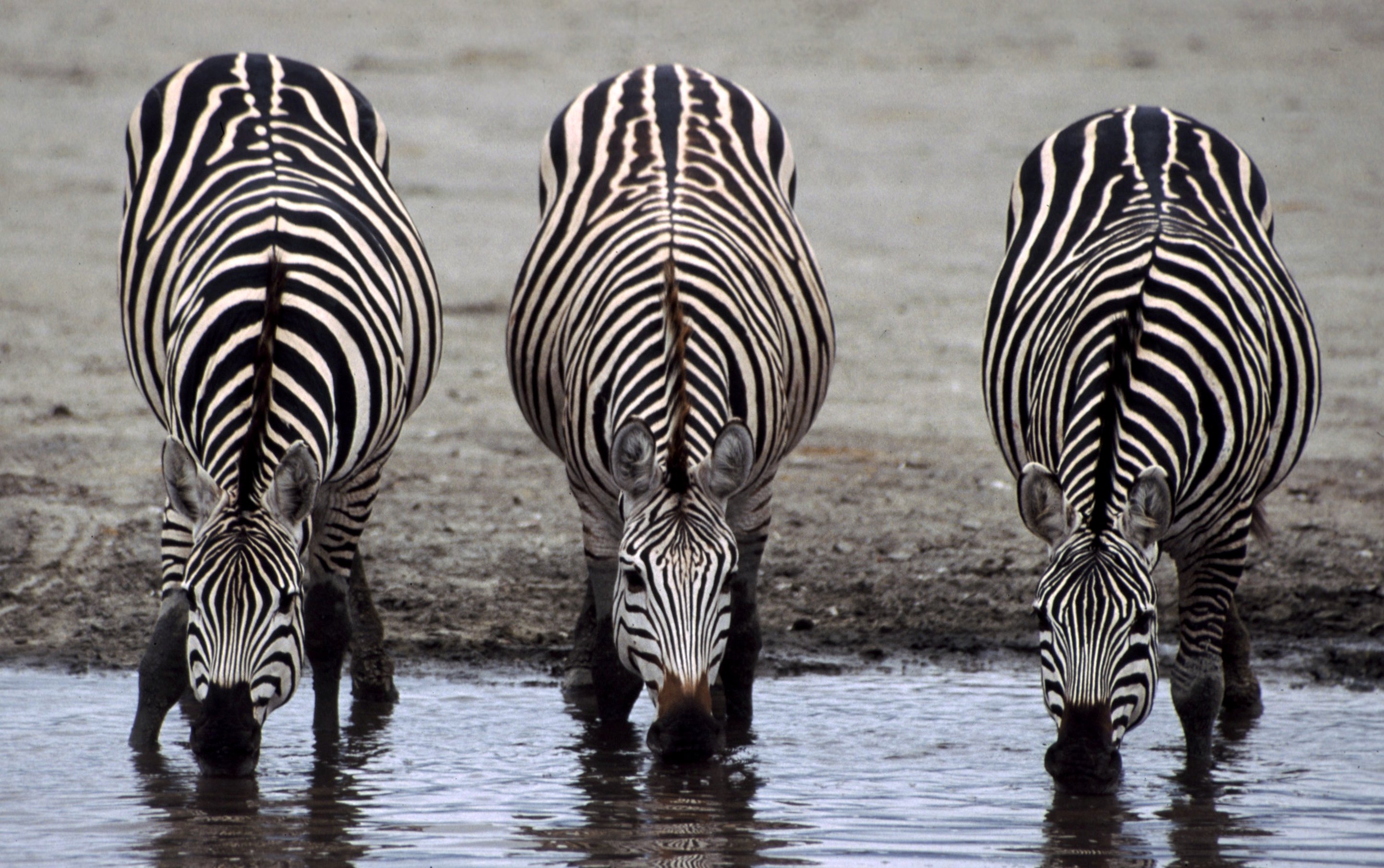Odd-toed ungulates, or perissodactyls, represent a fascinating group of mammals that have fascinated scientists and nature enthusiasts for generations. These animals, characterized by their unique hoof structure and evolutionary significance, play a crucial role in maintaining ecological balance. In this article, we will delve deep into the world of odd-toed ungulates, exploring their characteristics, habitats, behaviors, and conservation status.
From the majestic horses galloping across open plains to the gentle tapirs roaming dense forests, odd-toed ungulates offer a glimpse into the diversity of life on Earth. Understanding these creatures not only enhances our appreciation for the natural world but also underscores the importance of preserving their habitats and ensuring their survival for future generations.
This comprehensive guide aims to provide valuable insights into the biology, ecology, and conservation of odd-toed ungulates. By examining their evolutionary history, anatomical features, and interactions with the environment, we hope to inspire a deeper connection with these remarkable animals.
Read also:Cerritos Mall Black Friday Hours Your Ultimate Guide To Shopping
Table of Contents
- Introduction to Odd-Toed Ungulates
- Classification and Characteristics
- Evolutionary History
- Habitats and Distribution
- Anatomical Features
- Behavior and Social Structure
- Diet and Feeding Habits
- Conservation Status
- Human Interaction and Impact
- The Future of Odd-Toed Ungulates
Introduction to Odd-Toed Ungulates
Odd-toed ungulates belong to the order Perissodactyla, which includes species such as horses, rhinoceroses, and tapirs. These animals are distinguished by having an odd number of toes on their feet, typically one or three. This unique feature sets them apart from even-toed ungulates, such as deer and pigs.
Perissodactyls are known for their robust build, strong limbs, and specialized digestive systems that allow them to thrive in diverse environments. Their evolutionary adaptations have enabled them to survive for millions of years, making them a vital component of many ecosystems.
What Makes Odd-Toed Ungulates Unique?
- Odd number of toes on each foot
- Highly specialized digestive systems
- Strong limbs for running and defense
- Unique evolutionary adaptations
Classification and Characteristics
Odd-toed ungulates are classified under the order Perissodactyla, which is further divided into three families: Equidae (horses, zebras, and asses), Rhinocerotidae (rhinoceroses), and Tapiridae (tapirs). Each family exhibits distinct characteristics that reflect their evolutionary history and ecological roles.
Key Characteristics of Each Family
Equidae species are known for their speed and agility, while Rhinocerotidae members possess powerful horns and massive bodies. Tapiridae, on the other hand, are characterized by their prehensile snouts and forest-dwelling habits.
Evolutionary History
The evolutionary journey of odd-toed ungulates spans millions of years, with fossil records indicating their presence as far back as the Eocene epoch. Over time, these animals have adapted to changing environments, resulting in the diverse species we see today.
Significant Evolutionary Milestones
- Appearance of Hyracotherium, an early ancestor of modern horses
- Development of rhinoceros-like creatures during the Oligocene
- Emergence of tapirs in tropical forests
Habitats and Distribution
Odd-toed ungulates inhabit a wide range of environments, from grasslands and savannas to forests and mountains. Their ability to adapt to different climates and terrains has allowed them to thrive in various parts of the world, including Africa, Asia, and the Americas.
Read also:Affordable Housing In Queens A Comprehensive Guide To Finding Your Perfect Home
Geographical Distribution
Equidae species are primarily found in Africa and parts of Asia, while Rhinocerotidae members are native to Africa and Southeast Asia. Tapiridae, meanwhile, are distributed across Central and South America as well as Southeast Asia.
Anatomical Features
The anatomy of odd-toed ungulates is intricately designed to support their lifestyles. Their skeletal structure, digestive system, and sensory organs all contribute to their survival and success in the wild.
Key Anatomical Features
- Strong limbs for running and defense
- Specialized teeth for grinding plant material
- Highly developed olfactory senses
Behavior and Social Structure
Odd-toed ungulates exhibit a variety of behaviors that reflect their social and ecological needs. From the herding tendencies of horses to the solitary nature of rhinoceroses, these animals demonstrate complex interactions with their environment and each other.
Social Dynamics
- Horses form tight-knit herds for protection
- Rhinoceroses prefer solitude but may gather at water sources
- Tapirs are primarily solitary but may interact during mating season
Diet and Feeding Habits
The diet of odd-toed ungulates varies depending on the species and their ecological niche. Most are herbivores, consuming grasses, leaves, fruits, and other plant materials. Their digestive systems are adapted to efficiently process fibrous vegetation.
Feeding Adaptations
- Horses graze on grasslands for extended periods
- Rhinoceroses browse on shrubs and trees
- Tapirs forage on forest floors for fallen fruits and leaves
Conservation Status
Many odd-toed ungulate species face threats from habitat loss, poaching, and climate change. Conservation efforts are underway to protect these animals and ensure their survival in the wild.
Conservation Initiatives
- Establishment of protected areas
- Anti-poaching programs
- Community-based conservation projects
Human Interaction and Impact
Human activities have significantly impacted the populations of odd-toed ungulates. While some species have benefited from domestication, others have suffered due to habitat destruction and illegal hunting.
Positive and Negative Impacts
- Domestication of horses for transportation and agriculture
- Illegal trade of rhinoceros horns
- Habitat fragmentation affecting tapir populations
The Future of Odd-Toed Ungulates
Ensuring the future of odd-toed ungulates requires a concerted effort from governments, conservation organizations, and local communities. By addressing the challenges they face and implementing effective conservation strategies, we can help preserve these remarkable animals for generations to come.
Looking Ahead
Advancements in technology and increased public awareness offer hope for the conservation of odd-toed ungulates. Continued research and collaboration will be essential in safeguarding their habitats and promoting their well-being.
Kesimpulan
Odd-toed ungulates represent a vital component of the Earth's biodiversity, showcasing the intricate balance of nature through their unique characteristics and behaviors. By understanding their evolutionary history, ecological roles, and conservation needs, we can work towards a future where these magnificent creatures continue to thrive.
We invite you to share your thoughts and insights in the comments section below. Additionally, feel free to explore other articles on our website to deepen your knowledge of the natural world. Together, let's make a difference in preserving the planet's incredible wildlife!
Data and references for this article were sourced from reputable scientific journals, wildlife organizations, and academic publications, ensuring the accuracy and reliability of the information provided.



